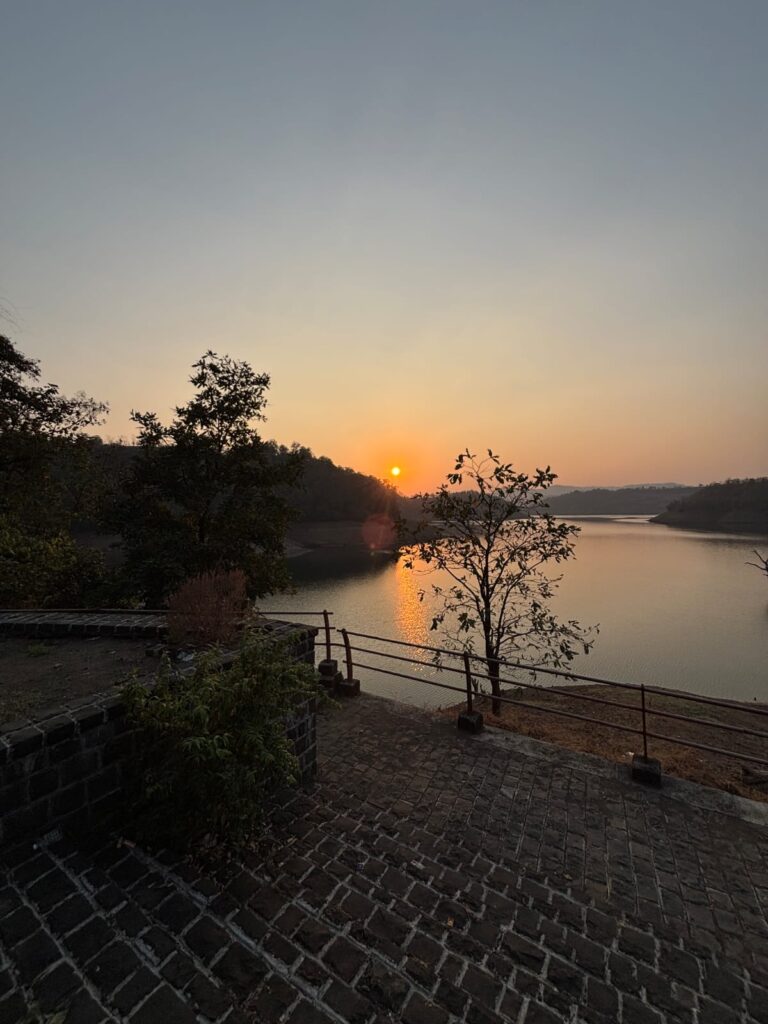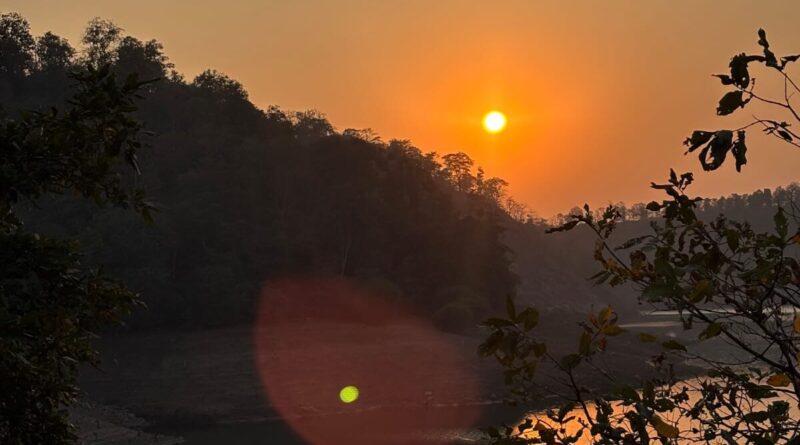Nature – Why Do Sunsets Have Different Colors? The Science Behind the Magic
Introduction
Sunsets are one of nature’s most breathtaking spectacles, painting the sky with hues of red, orange, pink, and purple. But have you ever wondered why sunsets display such a variety of colors? The secret lies in the science of light, atmosphere, and particles in the air. Let’s explore the fascinating phenomenon behind the vibrant colors of sunsets.
The Science of Light Scattering
Sunlight may appear white, but it is actually made up of different colors, each with a unique wavelength. When sunlight enters Earth’s atmosphere, it interacts with molecules, dust, and water droplets, causing a process called scattering.
Rayleigh Scattering: Why the Sky is Blue
During the day, the sky appears blue due to Rayleigh scattering, which occurs when light interacts with small molecules like oxygen and nitrogen. Blue and violet light have shorter wavelengths, making them more prone to scattering, but our eyes are more sensitive to blue, so we perceive a blue sky.
Why Sunsets Turn Red, Orange, and Pink
As the sun sets, its light must travel through a greater portion of the Earth’s atmosphere. This increased distance causes shorter wavelengths (blue and violet) to scatter out completely before reaching our eyes, leaving behind longer wavelengths such as red, orange, and pink.

Factors That Influence Sunset Colors
Several factors contribute to the variation in sunset colors, making each one unique.
1. Atmospheric Conditions
Dust, pollution, and humidity can enhance or mute sunset colors. For example:
- Clear skies lead to vivid red and orange sunsets.
- Pollution and smog create duller sunsets by absorbing and diffusing light.
- High humidity enhances pink and purple hues by scattering light more evenly.
2. Location & Latitude
Your position on Earth affects sunset colors:
- Tropical regions experience more intense sunsets due to higher humidity and particulate matter.
- Desert areas often have dramatic red and orange sunsets due to dry air and fine dust particles.
- Urban areas may have more muted sunsets due to pollution.
3. Time of Year
Seasons impact sunset colors:
- Winter sunsets tend to be more vivid due to cleaner air and less humidity.
- Summer sunsets may appear softer with more pastel tones due to increased moisture.
4. Wildfires & Volcanic Eruptions
Natural events like wildfires and volcanic eruptions can dramatically enhance sunset colors by injecting fine ash and aerosols into the atmosphere, scattering light in unique ways and creating deep reds and purples.
How to Capture Stunning Sunset Photos
Want to take Instagram-worthy sunset pictures? Here are some tips:
- Shoot during the “golden hour” (shortly before sunset) for warm, glowing tones.
- Use a polarizing filter to enhance contrast and deepen colors.
- Include silhouettes like trees or buildings for added visual impact.
- Adjust the white balance on your camera to capture accurate hues.
Conclusion
Sunsets are a magical blend of physics and nature’s artistry. The colors you see depend on light scattering, atmospheric conditions, and your location. The next time you witness a sunset, take a moment to appreciate the science behind its beauty!




